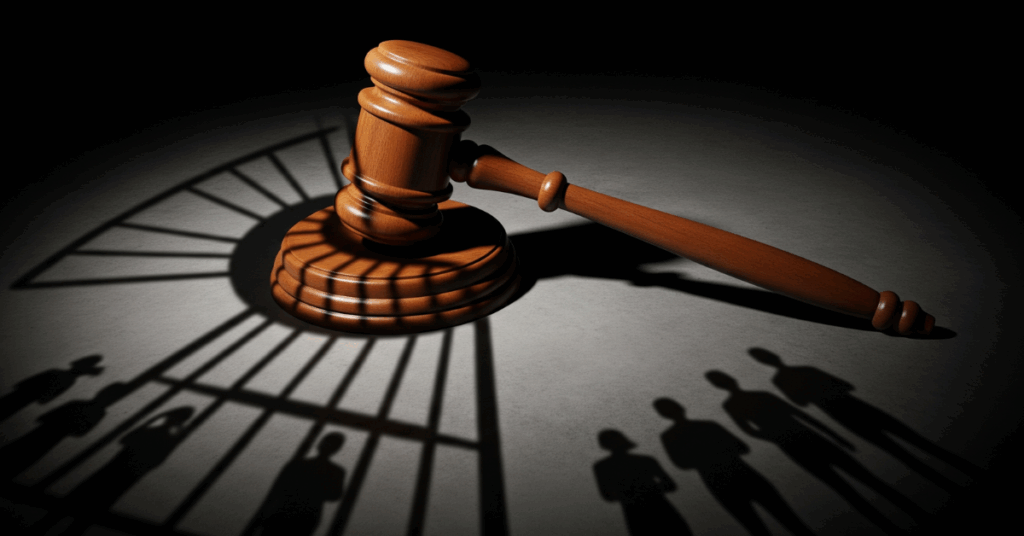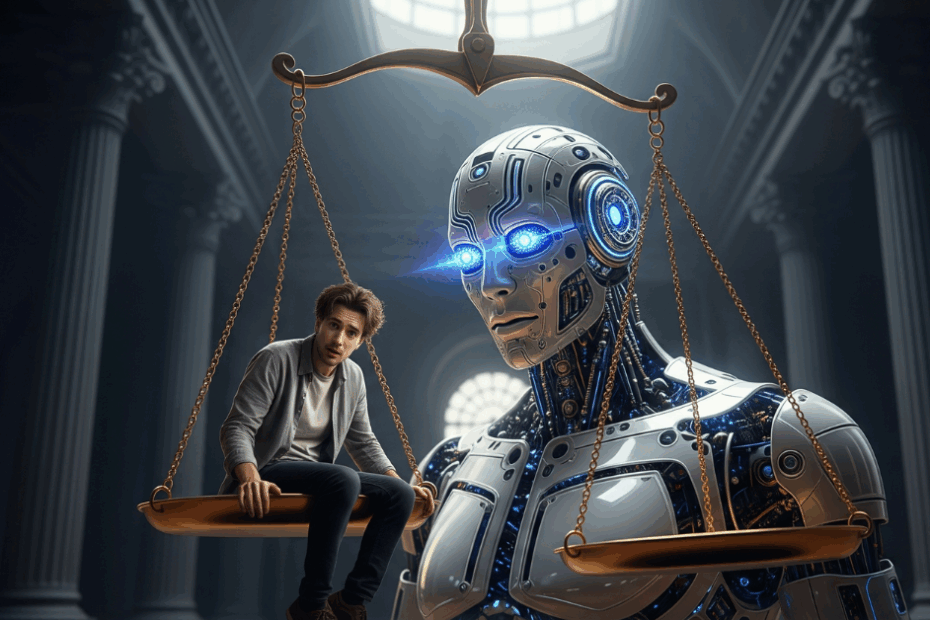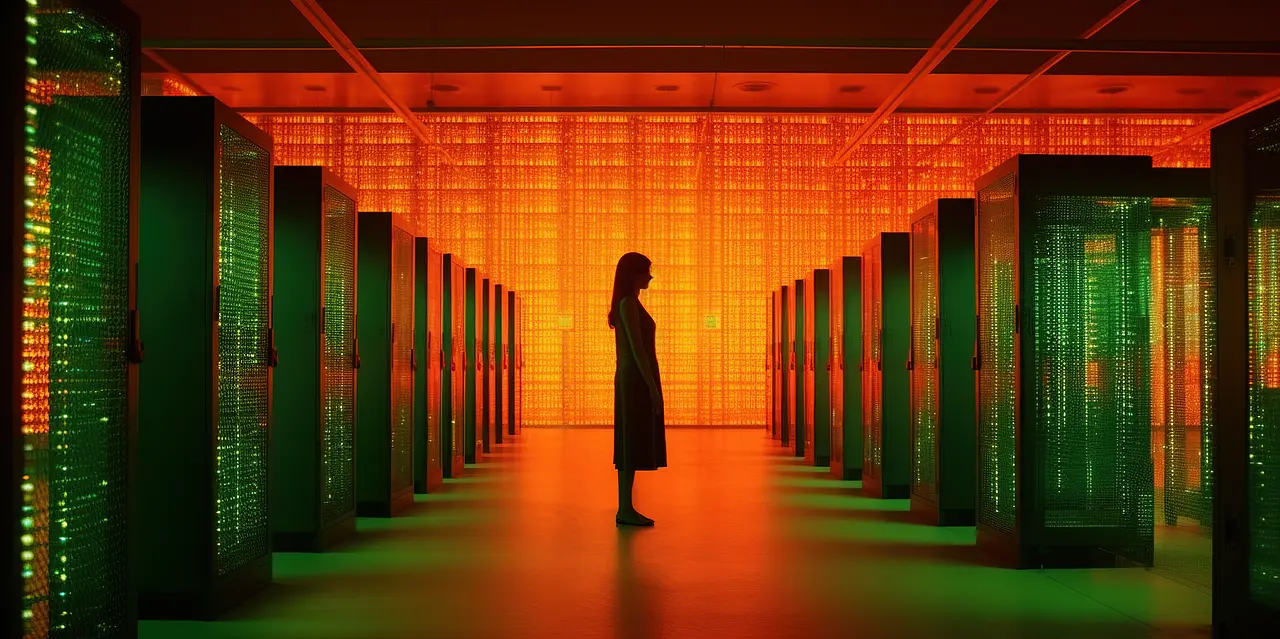The promise of technology to fix the world’s criminal justice systems is facing a stark reality. Digital tools, from predictive policing to automated legal processes, are being deployed with the goal of creating a more efficient and equitable system.
However, emerging evidence reveals that these innovations might be amplifying existing inequalities, creating a new set of challenges for already vulnerable populations and questioning the very nature of technologically-driven reform.
The Myth of a Quick Technological Fix
A significant push to modernize criminal justice has led to massive investments in AI-driven systems. Yet, this approach often misdiagnoses the problem. An analysis by Scroll.in reveals a fundamental flaw in treating justice as a startup that can be solved with innovation alone. This view overlooks the deep-seated, systemic problems that have long plagued justice systems around the globe.
The use of AI in law enforcement has demonstrated troubling trends. For instance, predictive policing algorithms, which aim to forecast crime hotspots, frequently rely on historical data that is already biased.
Consequently, these tools can end up targeting minority communities and low-income areas, perpetuating the very cycles of over-policing they were intended to break.
Furthermore, the rollout of these technologies is far from uniform. Wealthier regions can afford cutting-edge AI and digital infrastructure, while less-funded areas are left behind. This disparity fosters a two-tiered system where the quality of justice is determined by one’s zip code, undermining the principle of equal treatment for all.
Also Read: Men are opening up about mental health to AI instead of humans
A Widening Digital Chasm in Legal Access
The digital transformation within the justice system has inadvertently erected new obstacles for those most in need of legal help. American Bar Association’s research indicates that marginalized groups encounter significant hurdles when trying to access online legal resources and court platforms.
Many individuals lack the reliable internet or modern devices required to participate in virtual hearings or manage electronic case files.
This digital gap is not just about access to hardware. As courts increasingly move to online systems for filing documents and scheduling appearances, individuals without the necessary digital literacy are put at a profound disadvantage. They are left to navigate complex digital environments that presume a level of technological skill and access that is far from universal.
The COVID-19 pandemic brought these inequities into sharp focus by accelerating the shift to virtual court proceedings. While this allowed the legal system to continue functioning, it effectively shut out many defendants who were not equipped to participate in their own defense remotely. This raises critical concerns about due process and the right to fair representation in an increasingly digitized world.
Also Read: Is Google’s Doppl the future of fashion? An inside look
The Specter of Bias and Elusive Accountability

Artificial intelligence tools integrated into the criminal justice process carry the inherent biases of the data they are trained on and the people who create them. AI used for risk assessments and sentencing recommendations will often produces discriminatory outcomes against minority defendants. These algorithms can give the appearance of objective analysis while relying on factors closely linked to race and socioeconomic status.
Compounding this issue is the lack of transparency. Many of the algorithms used by law enforcement and courts are proprietary, functioning as “black boxes.” This makes it nearly impossible for legal teams or even judges to scrutinize how a particular decision was made, eroding the adversarial nature of the justice system which relies on the ability to question evidence.
Holding these systems accountable when they err is another significant hurdle. Software developers may cite trade secrets to avoid scrutiny, while government agencies might point to the vendor. This lack of clear responsibility leaves individuals with little recourse when they are harmed by a flawed or biased algorithmic decision.
Moreover, many court officials and police officers receive scant training on these complex systems, leading to over-reliance on technology that has profound human consequences.
Also Read: YouTube introduces AI search but creators aren’t celebrating
Charting a More Thoughtful Course for Reform
Truly meaningful reform of the criminal justice system requires tackling systemic inequalities head-on, rather than applying superficial technological fixes. Successful efforts are those that concentrate on policy change, community investment, and addressing the root causes of crime.
Technology can certainly play a valuable supporting role, but its implementation must be guided by a commitment to equity and accountability. This means ensuring everyone has access to digital legal tools, providing thorough training to users, and demanding transparency in how algorithms arrive at their conclusions. It requires a recognition that justice is about people and social structures, elements that cannot simply be optimized with code.
The path forward is not a binary choice between technology and traditional methods. It lies in the careful integration of tools that genuinely advance justice, while simultaneously addressing the deep-seated inequities that technology can so easily magnify. This balanced perspective embraces the potential of digital solutions while remaining acutely aware of their serious limitations.





